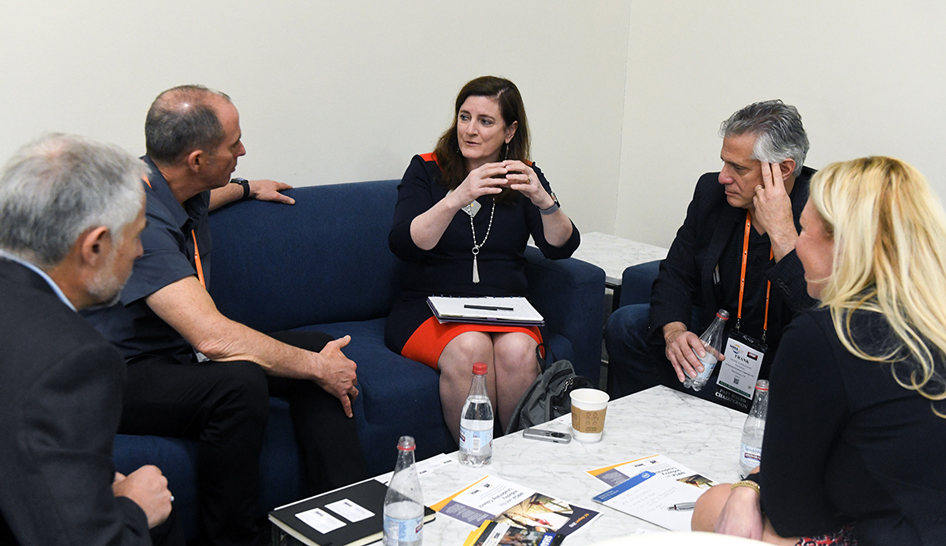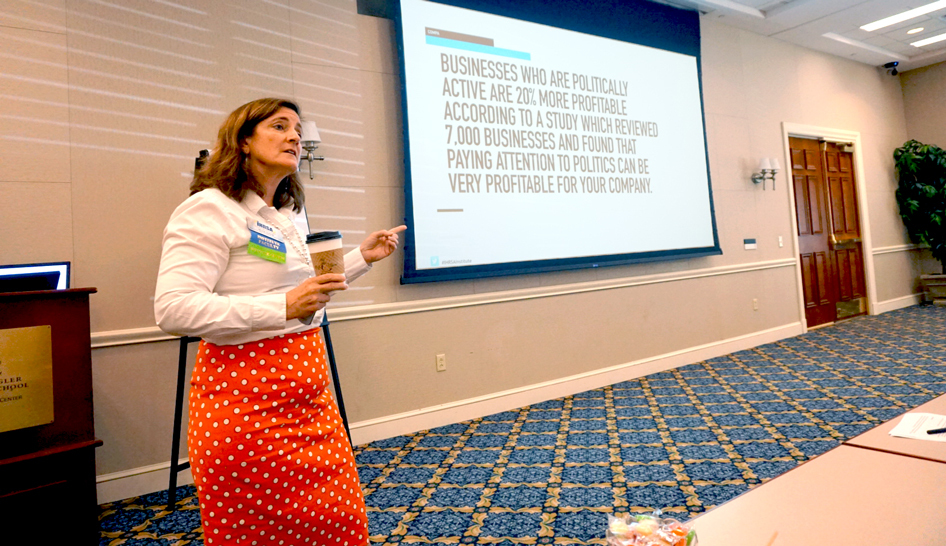A Harvard Business Review (HBR) article points out that the barrier to more women in leadership is not a glass ceiling but a labyrinth of leadership. The article notes, “Passage through a labyrinth is not simple or direct, but requires persistence, awareness of one’s progress, and a careful analysis of the puzzles that lie ahead. ... For women who aspire to top leadership, routes exist but are full of twists and turns, both unexpected and expected.” There are many obstacles in the path forward, but let’s focus on three ways to navigate those obstacles.
1. Let’s talk about the twists and turns we face as women.
Sheryl Sandberg, Facebook COO and author of Lean In: Women, Work, and the Will to Lead said in an interview, “I grew up in the business world, as many of us did, where you never talked about being a woman because someone might notice that you are a woman.”
For many of us, we felt so lucky to be there that we didn’t need to or want to rock the boat. When I graduated from law school, I worked on a political campaign and then as an associate in a labor law firm. I thought we had come so far from the days of our first jobs out of law school being legal secretaries like that of former Supreme Court Justice Sandra Day O’Connor.
It wasn't until I started writing this piece and reflected on past IHRSA Global Leadership Summits that I realized the vast majority of people who come to this event are still men. Even though I am no longer the only woman in the room, there are still too few women in attendance.
Sometimes silence is a result of the subtle and invisible culture that holds women in the workplace back. Other times, silence is the result of deliberate actions aimed at excluding women from leadership. Earlier this year, high-ranking women at Nike sent a covert poll to their peers to document the culture toward women at Nike. The survey recorded what many called a “toxic” culture toward women. These women faced a risk in speaking up, but when they did, Mark Parker, the CEO of Nike, took immediate action telling ABC news that Nike is “already taking action and will continue to drive change to elevate a culture of inclusion and respect.”
Is the work at Nike done? I’m sure it is not, but their actions got the conversation started.


